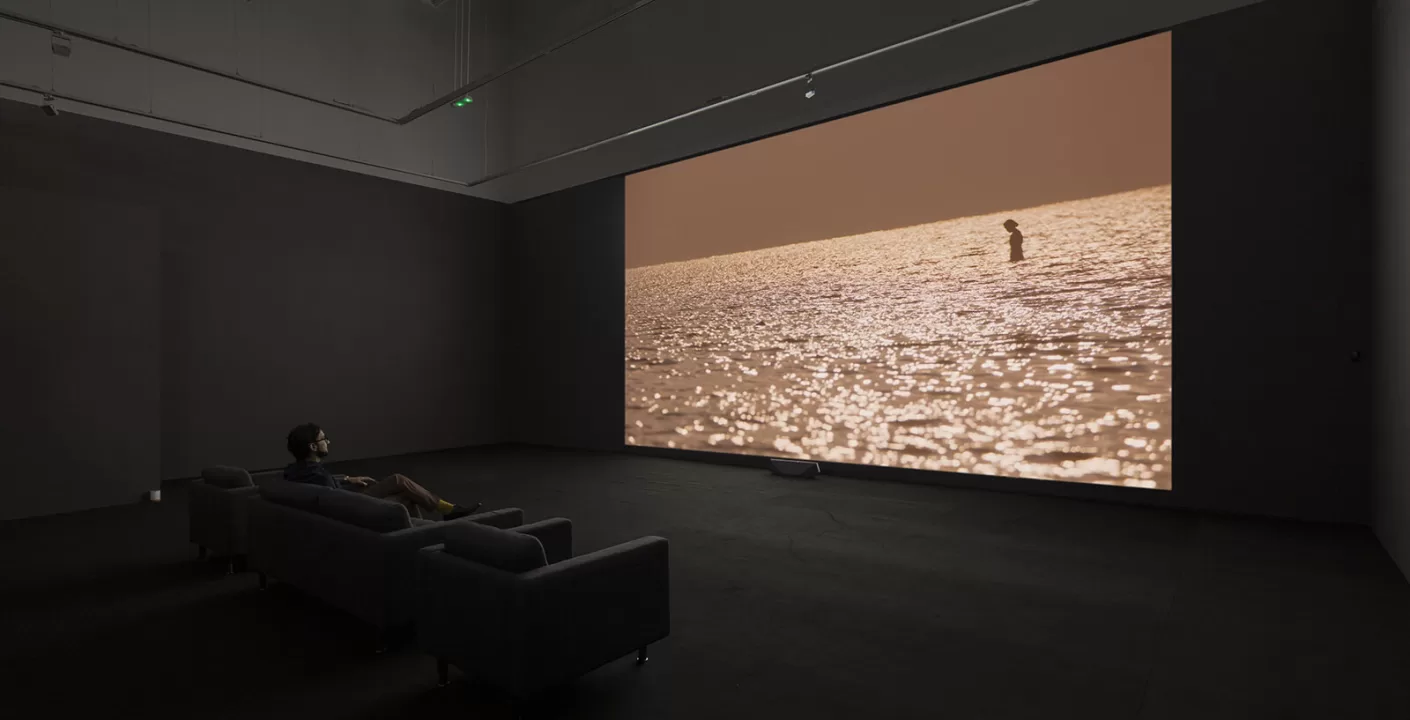Indian artist Sudarshan Shetty’s latest exhibition, “Only Life, Myriad Places,” at Dubai’s Ishara Art Foundation, delves deep into the multifaceted concept of stories and how they are told, retold, and reimagined across various cultures and generations. Shetty’s exploration is a profound journey through sculpture, installation, moving images, and photographs, casting light on the interplay of dreams, illusion, and reality, where the boundaries between them blur.

Championing Storytelling Across Cultures
At the heart of Sudarshan Shetty’s exhibition is the retelling of stories. Stories are vessels of culture, transcending time and space. Shetty’s art delves into the essence of these narratives, questioning how they pass through the currents of oral traditions, through generations, and ultimately into the museum where their meanings evolve over time.
In this exhibition, Shetty touches upon an array of religious and philosophical texts, acknowledging that stories gain fresh interpretations as they journey through different epochs and locations.

“One Life Many”: The Eternal Tale
Shetty’s latest short film, “One Life Many” (2022), beautifully encapsulates the concept of stories evolving across cultures. The film draws inspiration from ancient Indic literature, reviving the tale of Narada, a wandering sage and musician, who, as a curse from Brahma, must begin life anew in the form of a woman.
As the story unfolds in Shetty’s film, it portrays a profound contrast between a solitary man’s life and the vibrant hustle and bustle of a market. The narrative circles back upon itself, leaving the characters in the film unable to recollect how the story ends, much like the folk tale of the fox and the chickens.
A woman in the film experiences a bustling, multicultural market, her life intertwining with the tale of the solitary man in the desolate city. Shetty’s storytelling explores the interconnectedness of lives and consciousness, blurring the lines between reality and illusion.
Time, Dualism, and Collective Consciousness
In a video conversation, Sudarshan Shetty expresses his interest in the concept of time within his stories. The film, “One Life Many,” exemplifies the fluidity of time as a man submerges himself in water, allowing a woman to continue her life independently of him, and vice versa. Shetty delves into the idea of non-dualism in Advaita philosophy, exploring simultaneous presence, absence, and the complex web of collective consciousness.

Rituals, Symbols, and the Narrative of Life
Shetty’s art also ventures into the realm of rituals. His sculptures of earthen pots in wood and metal explore the ritualistic aspect of life. He contemplates the significance of symbols in ritual practices, especially in the context of death rituals, where the earthen pot represents the body and the water symbolizes life’s return to the earth.
Shetty’s work challenges us to ponder the distinction between the body and the life it contains, sparking a reflection on the existence of multiple selves within a single being.
Objects and Their Lives
Within the Western museum context, Shetty challenges the idea of objects merely providing static glimpses into history. His work suggests that objects, too, have lives within the institutional context, and their meanings can evolve and adapt. Shetty’s art transcends traditional definitions, breathing new life into the artifacts of history.
Salvaging the Past
In his art, Shetty also reclaims objects. He has salvaged earthen pots from a metal workshop, which were destined to be melted down. Some of these salvaged utensils were replicated in wood, highlighting the concept of rebirth and transformation. Shetty’s act of salvaging echoes a personal journey, an attempt to understand the past and uncover the layers of meaning in the objects he rescues.
Sudarshan Shetty’s “Only Life, Myriad Places” invites viewers to explore the intricate dance between illusion and reality, time and space, collective and individual consciousness. His art bridges the gap between stories, rituals, and the objects that carry them through generations, reminding us that life’s tapestry is interwoven with countless narratives, each one waiting to be unraveled.


